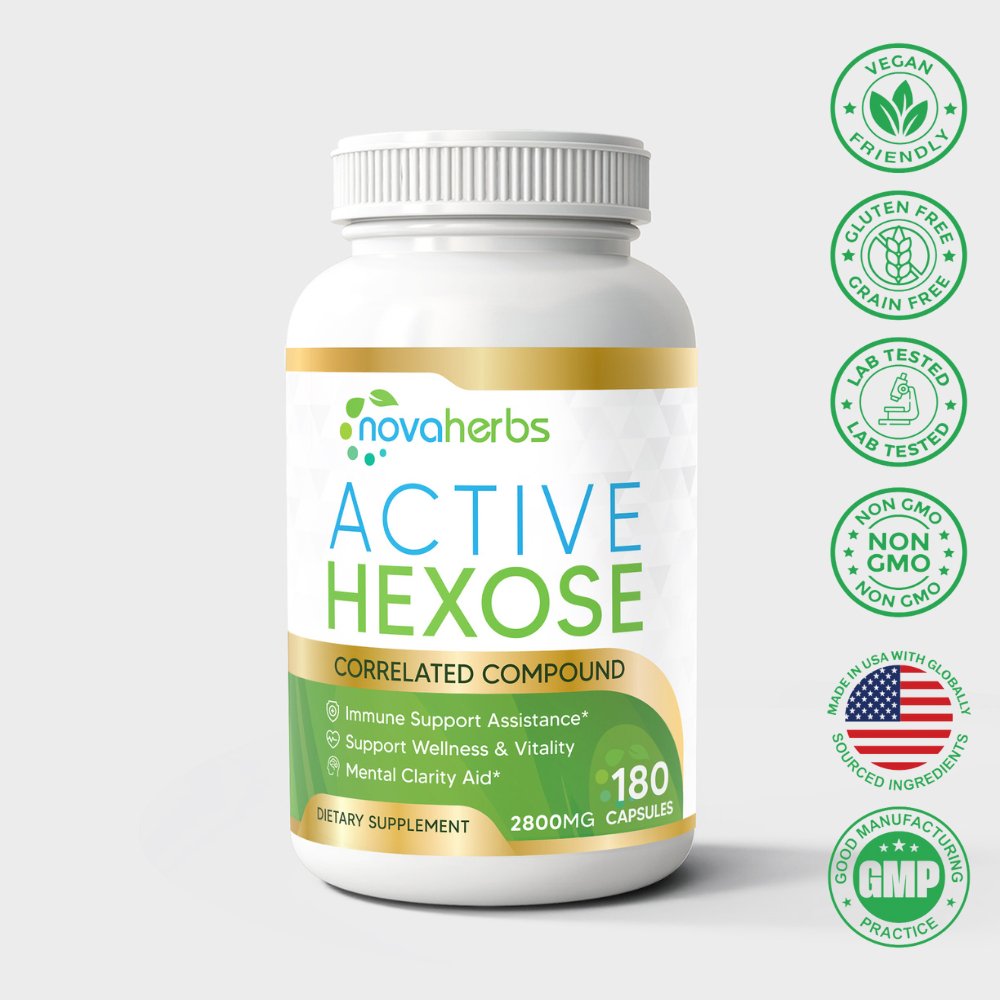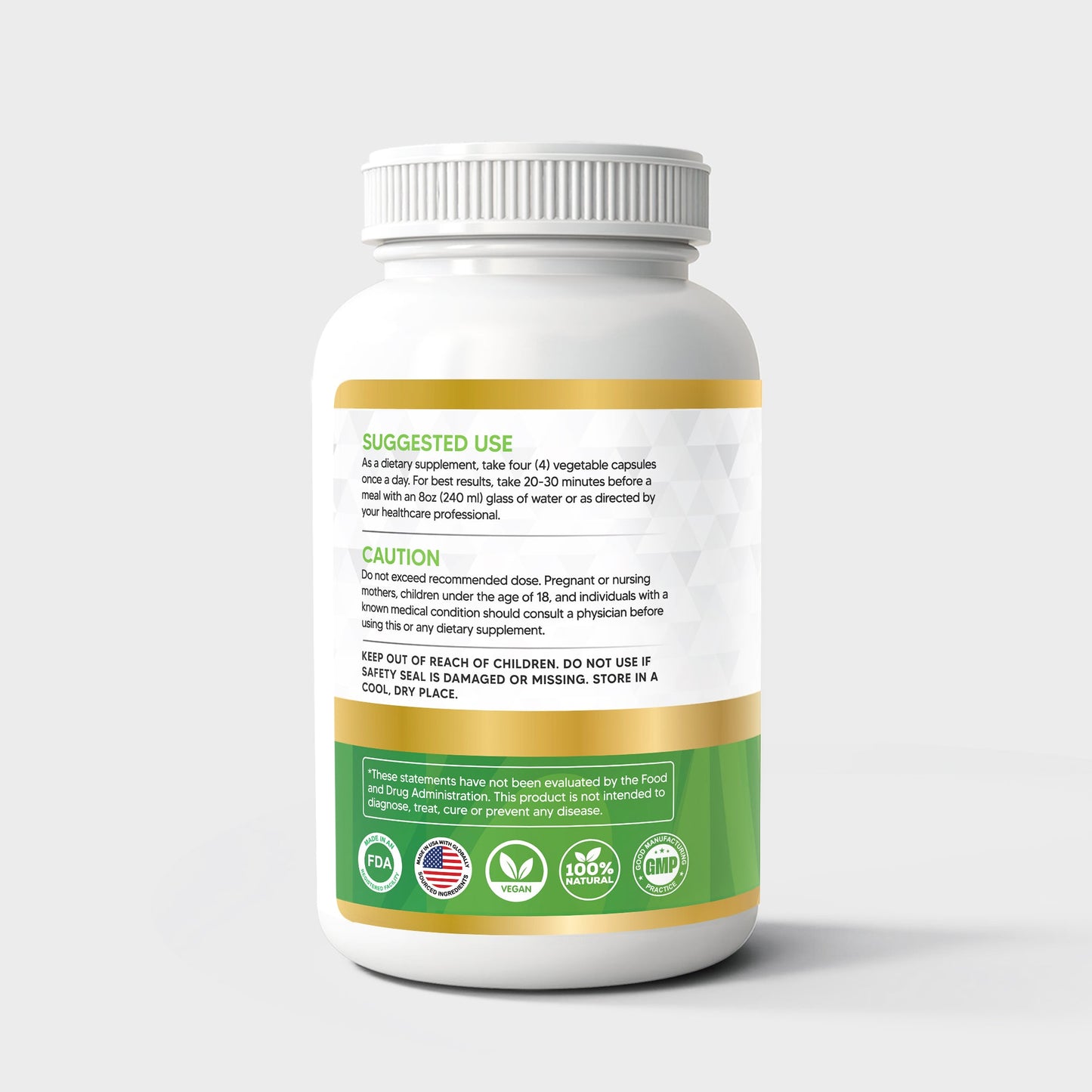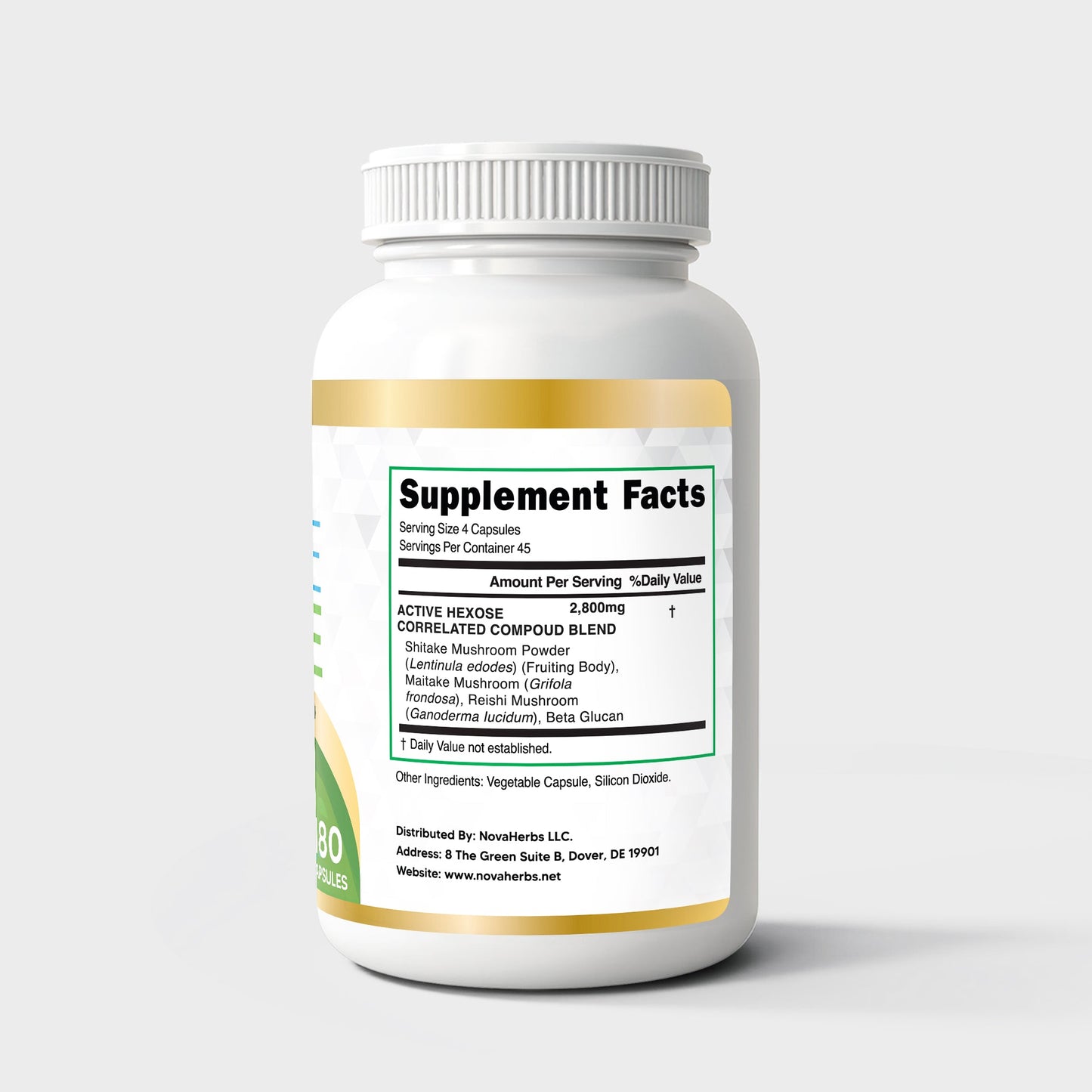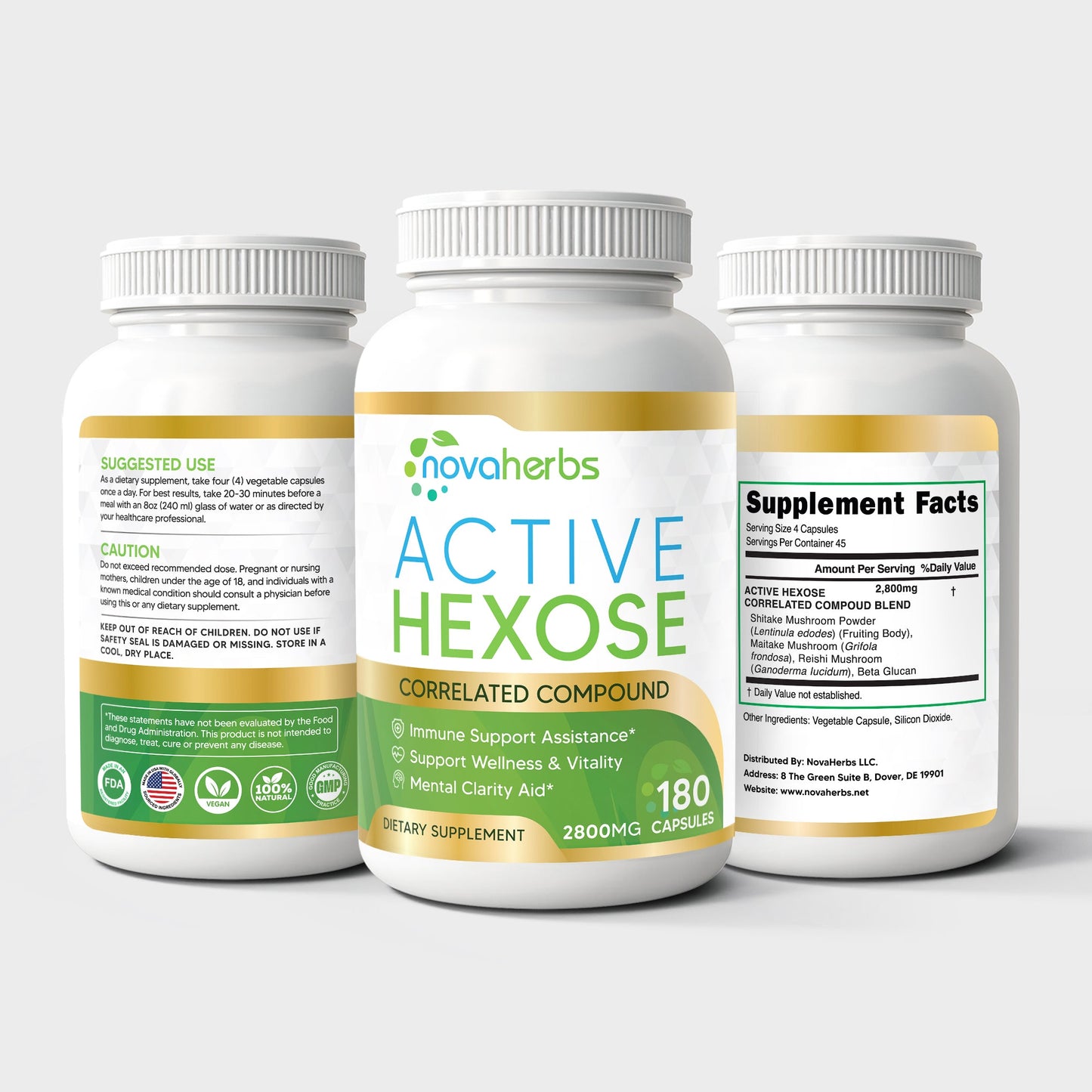Human Papillomavirus (HPV) is one of the most common sexually transmitted infections (STIs) worldwide, with nearly all sexually active individuals exposed to it at some point in their lives. While most HPV infections clear on their own, certain high-risk strains can lead to serious health complications, including cervical cancer, other genital cancers, and oropharyngeal cancers. The HPV vaccine has emerged as a powerful tool in the fight against these diseases, offering protection against the most dangerous strains of the virus. In this blog post, we’ll explore the science behind the HPV vaccine, its benefits, controversies, and its role in public health.
Understanding HPV: The Virus Behind the Vaccine
What is HPV?
HPV is a group of more than 200 related viruses, about 40 of which are transmitted through sexual contact. These viruses are categorized into two groups:
-
Low-risk HPVs: These strains may cause genital warts but are not associated with cancer.
-
High-risk HPVs: These strains can lead to cancers of the cervix, vulva, vagina, penis, anus, and oropharynx (the back of the throat, including the base of the tongue and tonsils).
HPV is so common that the Centers for Disease Control and Prevention (CDC) estimates that nearly 80% of people will contract at least one type of HPV in their lifetime. Most infections are asymptomatic and resolve without treatment, but persistent infections with high-risk strains can lead to cellular changes that may develop into cancer over time.
The Link Between HPV and Cancer
Cervical cancer is the most well-known consequence of HPV infection, with nearly all cases linked to high-risk HPV strains, particularly HPV 16 and 18. However, HPV is also responsible for a significant proportion of other cancers:
-
Anal cancer: Approximately 90% of cases are linked to HPV.
-
Oropharyngeal cancer: Up to 70% of cases in the U.S. are associated with HPV.
-
Vulvar, vaginal, and penile cancers: HPV is implicated in a smaller but still significant percentage of these cancers.
The development of the HPV vaccine has been a game-changer in preventing these cancers, particularly cervical cancer, which remains a leading cause of cancer-related deaths among women in low- and middle-income countries.
The HPV Vaccine: How It Works
Types of HPV Vaccines
Currently, three HPV vaccines have been developed and approved for use:
-
Gardasil (Quadrivalent): Protects against HPV types 6, 11, 16, and 18. It was the first HPV vaccine approved by the FDA in 2006.
-
Cervarix (Bivalent): Protects against HPV types 16 and 18. It was approved in 2009.
-
Gardasil 9 (Nonavalent): Protects against HPV types 6, 11, 16, 18, 31, 33, 45, 52, and 58. Approved in 2014, it is the most widely used HPV vaccine today.
Gardasil 9 is the most comprehensive, covering the seven high-risk HPV strains responsible for approximately 90% of cervical cancers and the two low-risk strains that cause most genital warts.
How the Vaccine Works
The HPV vaccine is a prophylactic vaccine, meaning it is designed to prevent future infections rather than treat existing ones. It works by stimulating the immune system to produce antibodies against the HPV types included in the vaccine. These antibodies provide protection if the person is later exposed to the virus.
The vaccine is made from virus-like particles (VLPs), which are non-infectious proteins that mimic the outer shell of the HPV virus. Because VLPs do not contain viral DNA, they cannot cause infection or cancer.
Who Should Get Vaccinated?
The CDC recommends routine HPV vaccination for:
-
Adolescents aged 11–12 years: Vaccination at this age ensures protection before potential exposure to the virus through sexual activity.
-
Catch-up vaccination for individuals up to age 26: Those who did not receive the vaccine earlier should still get vaccinated.
-
Adults aged 27–45 years: Shared clinical decision-making between patients and healthcare providers is recommended, as the vaccine may still offer some benefit.
The vaccine is most effective when administered before sexual debut, but it can still provide protection for those who are sexually active, as they may not have been exposed to all the HPV types covered by the vaccine.
The Benefits of the HPV Vaccine
Cancer Prevention
The primary benefit of the HPV vaccine is its ability to prevent cancers caused by HPV. Studies have shown that the vaccine is highly effective in reducing the prevalence of high-risk HPV infections and precancerous lesions. For example:
-
In Australia, where HPV vaccination was introduced in 2007, cervical cancer rates have dropped significantly, and the country is on track to eliminate cervical cancer as a public health problem by 2035.
-
In the U.S., the prevalence of HPV types 16 and 18, which cause most HPV-related cancers, has declined by 86% among vaccinated females aged 14–19.
Herd Immunity
Widespread HPV vaccination not only protects vaccinated individuals but also contributes to herd immunity, reducing the overall prevalence of the virus in the population. This indirectly protects unvaccinated individuals, including those who cannot receive the vaccine due to medical reasons.
Reduction in Genital Warts
The HPV vaccine also prevents genital warts caused by low-risk HPV types 6 and 11. Countries with high vaccination rates have seen a dramatic decline in cases of genital warts.
Cost-Effectiveness
Vaccination is cost-effective compared to the costs associated with treating HPV-related cancers and other conditions. By preventing cancer, the vaccine reduces the financial burden on healthcare systems and improves quality of life for individuals.
Addressing Concerns and Controversies
Safety and Side Effects
The HPV vaccine has been extensively studied and is considered safe. Common side effects are mild and include pain at the injection site, fever, dizziness, and nausea. Serious side effects are rare.
Despite its safety profile, the vaccine has faced skepticism and misinformation. Some concerns, such as links to autoimmune disorders or fertility issues, have been debunked by large-scale studies. The World Health Organization (WHO) and other health authorities continue to affirm the vaccine’s safety and efficacy.
Cultural and Religious Objections
In some communities, concerns about promoting sexual activity among adolescents have led to resistance against the vaccine. However, research shows that receiving the HPV vaccine does not lead to earlier or riskier sexual behavior.
Access and Equity
While the HPV vaccine has been widely adopted in high-income countries, access remains limited in low- and middle-income countries, where the burden of cervical cancer is highest. Efforts to improve global access, such as the WHO’s cervical cancer elimination strategy, are critical to reducing disparities.
The Future of HPV Vaccination
Expanding Coverage
Increasing vaccination rates, particularly among males, is essential for maximizing the vaccine’s impact. While initial vaccination programs focused on females, many countries now recommend vaccination for both sexes.
Single-Dose Regimens
Recent studies suggest that a single dose of the HPV vaccine may provide durable protection, which could simplify vaccination programs and reduce costs, especially in resource-limited settings.
Therapeutic Vaccines
Researchers are also exploring therapeutic HPV vaccines, which would treat existing infections or precancerous lesions. While still in development, these vaccines could complement prophylactic vaccines in the fight against HPV-related diseases.
Conclusion: A Vaccine That Saves Lives
The HPV vaccine represents a monumental achievement in public health, offering a safe and effective way to prevent cancers and other diseases caused by HPV. By vaccinating adolescents and expanding access to underserved populations, we can move closer to a world where HPV-related cancers are a thing of the past.
As with any medical intervention, education and awareness are key. Dispelling myths, addressing concerns, and advocating for equitable access will ensure that the benefits of the HPV vaccine are realized globally. Whether you’re a parent, healthcare provider, or policymaker, supporting HPV vaccination is a step toward a healthier future for all.







